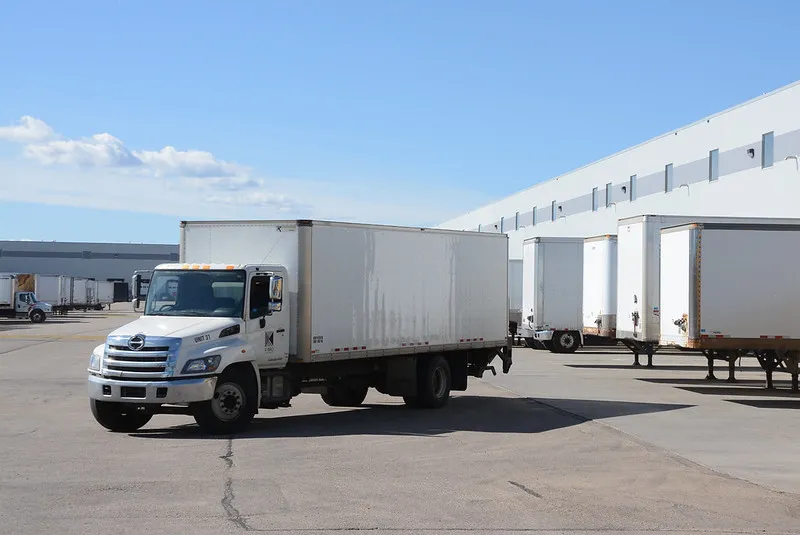TORONTO — Nearly a third of trucks in the Greater Toronto and Hamilton Area (GTHA) could go electric today, rising to more than half by early 2030s — cutting costs for businesses and reducing harmful air pollution that drives up health care costs and affects quality of life. A new analysis by the Pembina Institute, Electrifying Fleet Trucks: A case study estimating potential in the GTHA, shows that battery range and charging access are less of a barrier than expected — so what’s standing in the way of progress?
Adopting electric trucks is a smart economic move. Electrification reduces reliance on imported fossil fuels, keeping energy dollars in the province and strengthening energy security. With uncertainty surrounding the future of passenger vehicle manufacturing, Ontario has a chance to lead in electric truck production, leveraging its existing supply chains and rich deposits of critical minerals to create jobs and drive economic growth.
Electrifying Fleet Trucks illustrates that the technology is ready and what’s missing is policy action. Electric trucks available today have the battery range to meet the daily needs of most fleets, and many can charge overnight at their home base. By 2034, more than half of light trucks (Class 3 and 4) could be electric, along with 40% of medium-duty trucks (Class 5 and 6) and over a third of heavy-duty trucks (Class 7 and 8). Beyond 2035, nearly all light- and medium-duty trucks and up to 70% of heavy-duty trucks could be electrified. But without the right policies in place, businesses face unnecessary hurdles in making the switch.
For more details on the electrification potential across all vehicle classes in the short-, medium- and long-term, see our key findings or read the report.
Quotes
“Real-world travel data from Canadian trucks, collected over summer and winter months, shows that electrification is possible today. In fact, with a staggered approach, the GTHA — home to over half the province’s vehicle stock — could reach 50% sales for lighter trucks by 2030, helping offset lower adoption rates for heavier trucks.”
— Chandan Bhardwaj, Senior Analyst, Transportation, Pembina Institute
“Our analysis shows that Ontario has a clear path to accelerating the transition to zero-emission trucks — unlocking economic opportunities, improving public health and positioning itself as a leader in clean transportation. With the right policies in place, businesses can reap the benefits of lower costs while the province strengthens its manufacturing sector and energy security.”
— Adam Thorn, Director, Transportation, Pembina Institute
Quick facts
- Businesses can save up to 40% of fuel and maintenance costs by switching to electric trucks.
- Electric trucks eliminate tailpipe emissions, cutting harmful air pollution and improve public health.
- Traffic related air pollution in the Greater Toronto and Hamilton Area leads to 700 premature deaths and 2,800 hospitalizations every year, costing health care system $4.6 billion annually.
- Ontario’s Driving Prosperity plan highlights the need for increased electrification, while the City of Toronto is targeting 30% of all registered vehicles to be electric by 2030.
- Governments worldwide are embracing electrification, setting ambitious sales targets for zero-emission vans and trucks.
- By 2030, jurisdictions like Europe, China, California, British Columbia and Quebec aim for about 35% of new truck sales to be zero-emission, ramping up to nearly 100% by 2040.
Visit the Pembina Institute’s website to download a copy of Electrifying Fleet Trucks: A case study estimating potential in the GTHA.
[30]
Contact
Lejla Latifovic
Senior Communications Lead, Pembina Institute
819-639-4185
Background
Report: Electrifying Fleet Trucks: A case study estimating potential in the GTHA
Key Findings: Industry-informed research makes the case for electrifying Ontario’s trucks
Report: Helping Fleets Charge: Barriers and solutions to charging electric medium- and heavy-duty vehicles in Ontario
Report: Assembling the Future: Powering a healthier, more affordable Ontario
Media release: FedEx supports new project mapping charging needs and grid readiness in the GTHA



